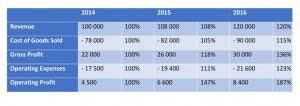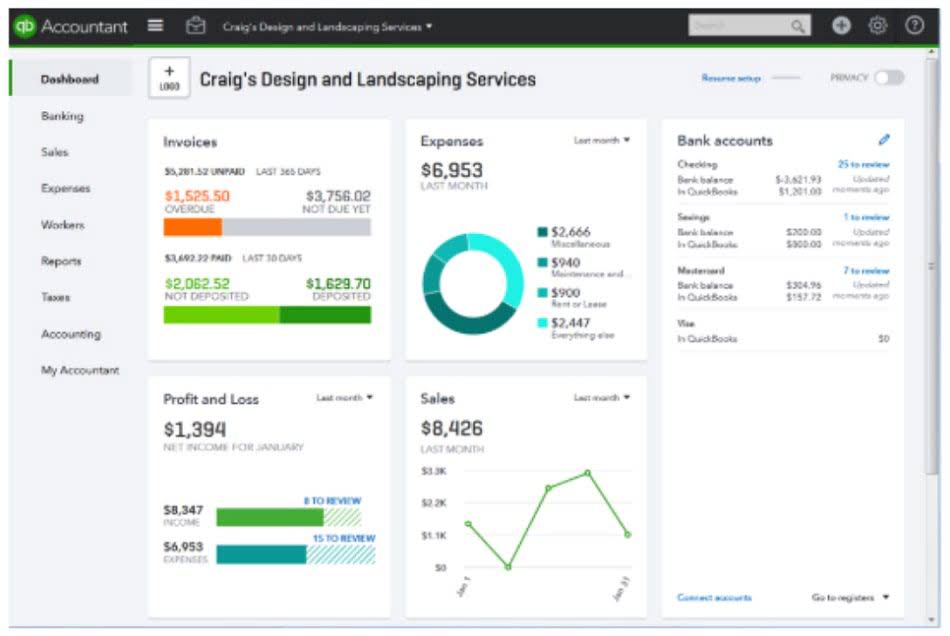Selling, General, and Administrative SG&A Expenses: Meaning and Formula
- Bookkeeping
- 17 January 2024

R&D expenses are a company’s investment in itself, money put toward developing new products, improving existing offerings, and remaining competitive in the marketplace. It’s common to use the terms SG&A and operating expenses interchangeably, but keep in mind that SG&A is only one type of operating expense. For instance, a company may sometimes report selling expenses separate from G&A expenses if one is significantly higher than the other. It’s common to see the terms SG&A and operating expenses used to mean the same thing, but this is inaccurate since SG&A is only one type of operating expense. Below is an overview of SG&A, including examples, how it is accounted for, and how it differs from other operating expenses. SG&A, or “selling, general and administrative” describes the expenses incurred by a company not sg&a meaning directly tied to generating revenue.

R&D expenses
- This number helps businesses see how much they’re spending on these types of expenses, separate from the costs of making their products.
- The only real difference between operating expenses and SG&A is how you record them on the income statement.
- Businesses may use data analytics to optimize their ad spend, focusing on campaigns that deliver higher ROI.
- SG&A stands for “selling, general & administrative”, and is a catch-all category of expenses that is inclusive of spending that isn’t a direct cost, otherwise known as cost of goods sold (COGS).
- If SG&A is too high, it could be a sign that the business is spending too much on non-essential things, which can hurt profitability.
- Overall, understanding SG&A expenses is an essential aspect of financial management and can help companies to make informed decisions and to achieve financial stability and growth.
- The report is also used by investors and analysts to assess a company’s financial health and to make informed investment decisions.
Depreciation refers to expenses related to a fixed asset’s usage, allocating costs based on wear and tear throughout the asset’s useful life. Generally speaking, the lower a company’s SG&A expense, the better – since that implies the company is more profitable, all else being equal. The 25% ratio means that for each dollar of revenue created, $0.25 gets spent on SG&A expenses.
Unlock Your Business Potential with OneMoneyWay
- The SG&A margin describes the relationship between a company’s selling, general and administrative costs and the amount of revenue generated in the corresponding period.
- These expenses cover things like advertising, rent, office supplies, and the salaries of people who aren’t directly involved in making the product.
- Understanding SG&A expenses is important for managing overhead costs, knowing where to cut costs if needed, and sustaining profitability.
- Selling expenses are essential for companies and investors, as they can impact a company’s profitability.
- Other companies may prefer to separate selling expenses from the G&A costs on the financial statement instead.
Typical G&A expenses include the salaries of administrative and management staff, rent, utilities, legal fees, HR expenses, and insurance payments. Selling expenses are direct, meaning at the time of the sale, as well as indirect, meaning before and after the sale. Interior Design Bookkeeping General and administrative expenses refer mainly to the day-to-day overhead costs.

How to Calculate SG&A Margin?
- This subjectivity can make comparing SG&A expenses between companies and identifying improvement areas challenging.
- Certain companies will file their financial statements with one line for SG&A, while others – for example, software companies – will separately break out G&A and sales & marketing.
- Tracking SG&A helps companies figure out where their money is going and whether they’re spending too much on things that don’t lead directly to making or selling products.
- The SG&A sales ratio can be used to monitor the trends of a company’s SG&A expenses in relation to sales, providing insight into profit or helping benchmark to industry averages.
- You do this by adding the costs of selling, general, and administrative expenses.
Again, your selling expenses can include both direct and indirect costs of selling a product. On the other hand, your business’s general and administrative expenses include day-to-day costs (e.g., rent, utilities, bookkeeping etc.). Unlike a company’s COGS, the incurred SG&A expense is not directly tied to its revenue generation. Instead, SG&A represents the indirect costs that stem from day-to-day operations, such as purchasing office supplies, overhead costs, and rent. SG&A expenses provide valuable information for decision-making, as they reflect a company’s operating expenses and efficiency.
- By comparing their SG&A expenses to industry averages, companies can assess their competitiveness and identify areas for improvement.
- Selling expenses are direct, meaning at the time of the sale, as well as indirect, meaning before and after the sale.
- For each forecast period, we’ll multiply our SG&A margin assumption by the projected revenue in the same period, which results in our projected SG&A expense amounts.
- Selling, general, and administrative (SG&A) expenses are a company’s overhead costs for its day-to-day operations, such as office supplies and salaries.
- If you’re familiar with operating expenses, you might be wondering what the difference is between SG&A and operating costs.
- For corporate leaders, understanding how SG&A impacts the bottom line can help them make smarter financial decisions and improve operational efficiency.
Selling, General and Administrative Expenses (SG&A) in Accounting

Companies with low available prices and efficient operations can generate higher profits. SG&A includes salaries and wages, rent, utilities, advertising, marketing, legal and professional fees, insurance, office supplies, and other overhead costs. A company incurs these expenses regardless of whether they generate or do not generate sales and are typically a significant component of a company’s operating expenses. In business, Selling, General, and Administrative expenses (SG&A) are critical aspects of operations and financial health.
